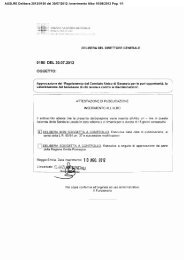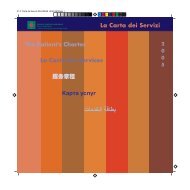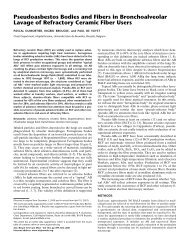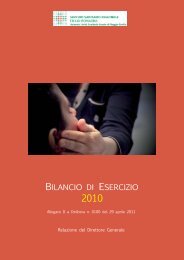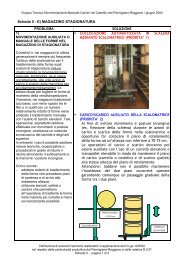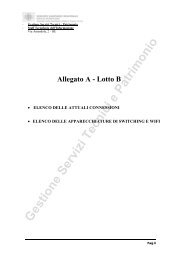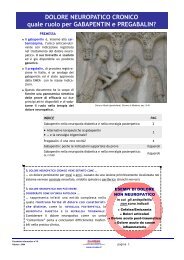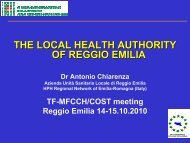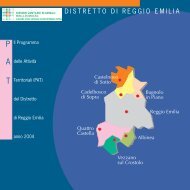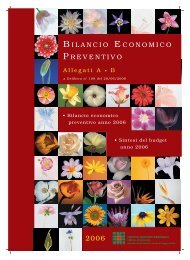Methods for the determination of the hazardous properties - TSAR
Methods for the determination of the hazardous properties - TSAR
Methods for the determination of the hazardous properties - TSAR
You also want an ePaper? Increase the reach of your titles
YUMPU automatically turns print PDFs into web optimized ePapers that Google loves.
1.4.3.4.3 BODY WEIGHT<br />
ECB/TM/26 rev.7<br />
All animals should be weighed at least<br />
• once at <strong>the</strong> beginning <strong>of</strong> acclimatisation period,<br />
• on <strong>the</strong> day <strong>of</strong> first exposure, prior to <strong>the</strong> start <strong>of</strong> exposure,<br />
• once weekly <strong>the</strong>reafter through week 12,<br />
• once monthly <strong>the</strong>reafter.<br />
1.4.3.4.4 GROSS NECROPSY<br />
As a control <strong>of</strong> animal health, all animals in <strong>the</strong> study should be subjected to a full, detailed gross<br />
necropsy, which includes careful examination <strong>of</strong> <strong>the</strong> external surface <strong>of</strong> <strong>the</strong> body, all orifices, and <strong>the</strong><br />
cranial, thoracic and abdominal cavities and <strong>the</strong>ir contents. All animals should be anaes<strong>the</strong>tised and<br />
sacrificed by exsanguination. All gross necropsy findings in <strong>the</strong> lungs should be recorded.<br />
1.4.3.4.5 ORGAN SAMPLING<br />
Animals found dead or sacrificed moribund should be autopsied but <strong>the</strong>ir lungs not sampled <strong>for</strong> fibre<br />
analysis.<br />
In a minimum <strong>of</strong> 5 animals/group per sacrifice:<br />
• The lungs and <strong>the</strong> lower half <strong>of</strong> <strong>the</strong> trachea will be sampled.<br />
Using a dissecting microscope:<br />
• The lower half <strong>of</strong> <strong>the</strong> trachea and <strong>the</strong> main stem bronchi should be resected in one piece from <strong>the</strong><br />
lung lobes, cleaned from remaining mediastinal tissues, weighed and immediately deep-frozen.<br />
• The lung lobes should be weighed toge<strong>the</strong>r and immediately deep-frozen.<br />
The lungs should be frozen on dry ice and <strong>the</strong>n stored at -20°C. All lungs should be freeze dried or<br />
critical point dried as quickly as possible <strong>the</strong>reafter and within two weeks <strong>of</strong> sacrifice to minimise<br />
possible fibre dissolution. O<strong>the</strong>r appropriate methods can also be used if properly validated.<br />
1.4.3.4.6 FURTHER PROCESSING OF LUNGS<br />
The 7 animals allocated <strong>for</strong> sacrifice in each fibre group at each time-point are allocated <strong>for</strong> lung<br />
digestion and subsequent fibre analysis.<br />
Following drying <strong>of</strong> <strong>the</strong> rat pulmonary lobes, <strong>the</strong> dry lung weight should be determined. The dry tissue<br />
should <strong>the</strong>n be digested using an appropriate method. For mineral fibres <strong>the</strong> preferred method is low<br />
temperature plasma ashing.<br />
- 18 -



